179D Tax Break
The average American might be surprised to learn that commercial buildings consume approximately 70% of the electricity in this country. Awareness of the need for greener building is growing, and luckily, a little-known tax break is encouraging the building industry to produce or renovate construction that is more energy efficient. This tax break is called 179D, and it offers a maximum deduction of $1.80 per square foot. When an architect, engineer, or contractor builds or renovates a building to be more energy efficient, they may qualify for this tax break that puts hundreds of thousands of dollars back into the pockets of their business. Not only does this encourage greener building, but also puts money back into the local community.
Qualifying for 179D
To qualify for this tax break, energy efficient buildings must surpass the 2001 ASHRAE standards. Since most states already require this, most new construction already qualifies for 179D just by meeting the state’s stricter building code requirements.
To be eligible, improvements must be made to the building envelope, HVAC/hot water systems, and/or the interior lighting systems. It is possible to qualify for one, but not the other two; therefore, it’s important to check thoroughly for all the ways the construction or renovation may qualify for this lucrative incentive.
To receive this economic benefit, the building should be greater than 50,000 square feet.
Buildings that qualify include commercial building, warehouses, factories, parking garages, and family housing that is four stories or higher. Local, state, and federal government buildings include new schools, university buildings, dormitories, airport terminals, and jails.
Time Limits
An architect, engineer, or contractor can go back three years to reap the benefit of 179D. This means that any building he/she helped design or renovates and was placed into service within the last three years qualifies. Builders can amend their tax returns and take advantage of 179D. The time limit for owners of the building is different, however. Owners of the building can go back to improvements made within the last six years to qualify. They take the deduction within the current year and reduce his/her basis in the building or improvement. The 179D tax break provides a significant timing benefit in paying taxes for owners.
Taking Advantage of the Tax Benefit
When construction is completed, the energy savings need to be independently certified by a licensed engineer. On-site visits by these engineers can mean even greater tax savings. Once the licensed engineer has approved the construction, architects, engineers, and contractors involved in the construction or renovation must obtain a letter that contains very explicit statements and is signed by a local, state, or federal government employee who is responsible for assigning the benefit. This letter must then be submitted to the IRS. Obtaining this letter can be as simple as making a phone call, but sometimes more effort is required. Remembering that architects, engineers, and contractors have a three-year time limit, they should make obtaining this letter a priority. However, government agencies recognize the importance of green building and bringing money into the economy, so they are often willing to cooperate.

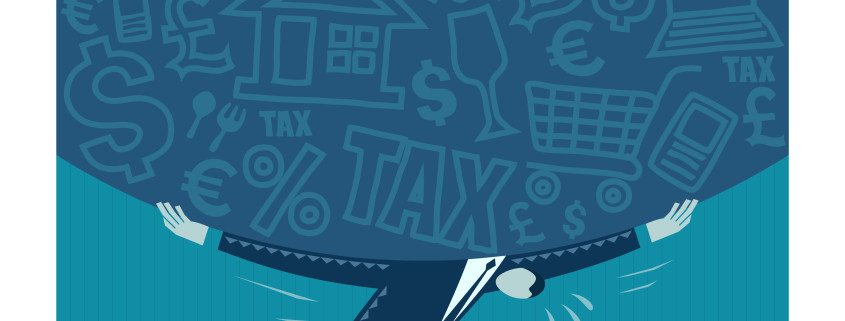
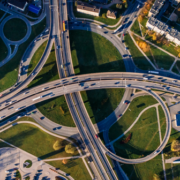
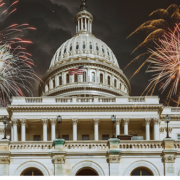
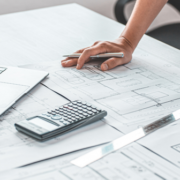
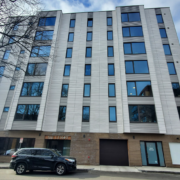
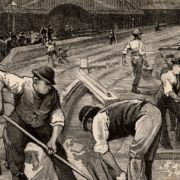
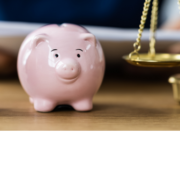
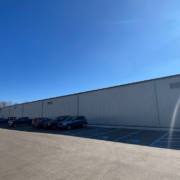
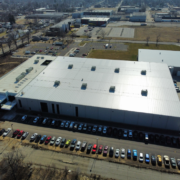


Leave a Reply
Want to join the discussion?Feel free to contribute!